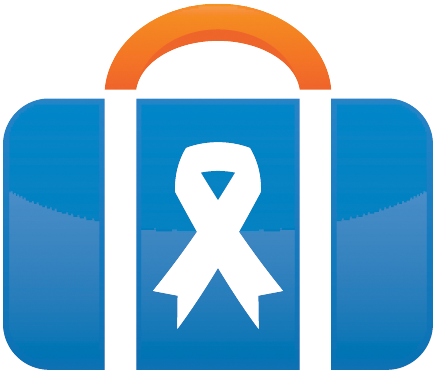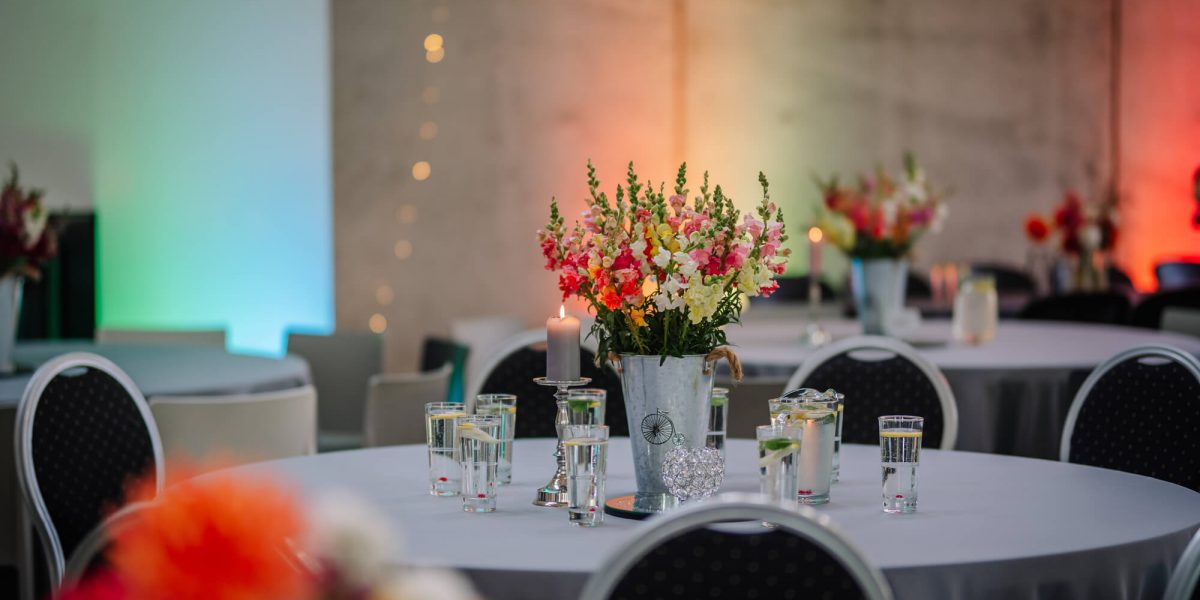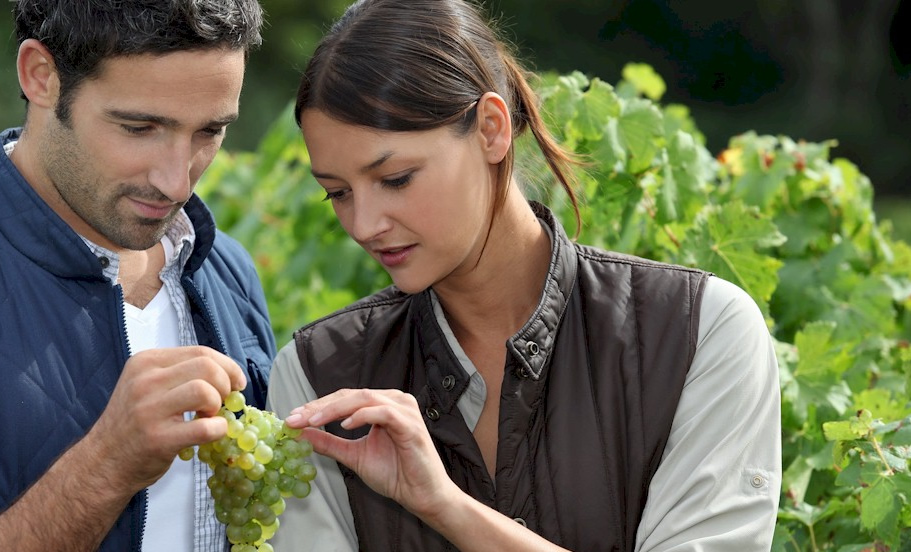From booking venue spaces to marketing, a lot goes into planning your events, and it’s tempting to breathe a sigh of relief after the last guests make their exit. However, your events aren’t done until you thank your attendees!
Just like how you thank supporters after donating or volunteering, you should also thank them for coming to your events. These thank-you messages are often letters, but to really stand out, your nonprofit can experiment with more creative ways to show your appreciation. By doing so, your nonprofit is sure to stick in donors’ minds and persuade them to attend your next event.
To inspire your appreciation strategy, we’ll explore three memorable ways to say “thank you” to your event guests.
Why should you thank donors after an event?
Whether it’s a virtual movie night, a small community picnic, or a major golf tournament, donors take time out of their day to support your nonprofit by coming to your events. When you thank attendees afterward, you:
- Show donors that you value their ongoing support
- Remind them of the good time they had at your event
- Reinforce the impact they had on your mission by attending
The content you include in your thank-you messages will determine which of these impacts donors feel the most. For example, you might fill your thank-you messages with photos of the event to give donors a keepsake of their experience, or you might use your thank-you messages as an opportunity to restate the importance of your mission and the role donors play in it.
Incorporate thanking donors into your nonprofit’s event planning process by determining what key message you want donors to remember from your event. Then, craft thank-you messages that reinforce these goals.
Post-Event Follow-Up Strategies
When deciding your post-event follow-up plans, first assess your fundraising strategy. What do you hope to accomplish at your event, and how can your follow-up messages support that?
For instance, at an event for new donors, you may focus on messages that encourage future connections. In contrast, for major donor prospects, you might use your thank-you message as an opportunity to invite future one-on-one conversations.
1. eCards
A heartfelt thank-you letter goes a long way toward connecting with donors, and you can supplement these letters with memorable visuals through thank-you eCards.
eCardWidget’s guide to charity eCards explains that these are electronic greeting cards nonprofits can use for a variety of purposes, including thanking donors. Here’s an example of a real thank-you eCard from the nonprofit Youth for Understanding (YFU):
When designing the visuals for your event follow-up eCards, consider the following:
- Visual style. eCard designs are flexible, and you can create eye-catching ones with photographs, illustrations, typography, and animations. Try matching the visual style of your eCards to your event. For example, a formal event may have professional photographs, whereas a casual family-friendly event might have playful cartoon graphics.
- Branding. eCards should be branded to your nonprofit, so supporters immediately connect the eCard to your nonprofit. However, your eCards can contain colors and visuals unrelated to your brand. For instance, you might style your eCards to match your gala’s theme or use reds and pinks to thank supporters who attended a Valentine’s Day event. To brand these eCards, just follow YFU’s example and include your logo in the corner of your design.
- Text. eCard visuals act as the cover of your thank-you letters. However, you can still add simple text to your eCards’ designs to convey a quick message. For post-event thank-you messages, you could say, “Thank you for attending!” or “You made our event great!”
Use an eCard platform that allows you to schedule when eCards are sent. This enables you to create your eCards in advance, then set them to send out automatically after your event, checking one last to-do off your event’s team list.
2. Videos
For some donors, hearing your nonprofit’s appreciation spoken aloud sticks in their minds far better than just written words alone. With this in mind, consider creating a thank-you video to share with your event attendees.
Thank-you videos can be as simple or complex as you want. For example, a thank-you video for a major gala might have higher production value, such as including background music, featuring footage of event games, and using creative typography. However, for a simple event, like a bake sale, a basic video recorded and edited with the equipment you have on hand will do the trick.
To create a memorable video, be sure to:
- Record clean audio. Many flaws and imperfections in videos can be forgiven if the audio is clear. If you want to record a few lines of someone thanking attendees, do so in a quiet space. If you lack audio recording tools, consider using just text with background music to share your thanks.
- Include subtitles. Ensure everyone can understand your thank-you video in any environment by adding subtitles.
- Have a clear purpose. Supporters should understand what your video is about right off the bat. Consider opening your video by showing visuals of your event or sharing your appreciation for all the support your nonprofit has received. Remember, just like with thank-you letters, thank-you videos are a place to show your gratitude and not an opportunity to ask for donations.
To thank all of your attendees, you might create one thank-you video you can share with everyone. Email your guest list or post it to your website and message supporters to invite them to check it out. However, for major donors, consider creating personalized videos that thank them for their specific contributions.
3. Gifts
Your supporters contribute to your cause by attending your events, and you can show your appreciation by giving them gifts in return. These gifts should be small but meaningful to help you connect with donors without making them question how your nonprofit is spending its funds.
re:Charity’s guide to donor gifts emphasizes aligning the gift with each donor’s contributions and suggests a few types of gifts for different donor levels:
- Low-level. Low-level donors may not give big, but their contributions still matter. Cultivating these relationships can help increase their value. As such, consider handing out inexpensive gifts to low-level donors at the end of events, like branded bookmarks, fridge magnets, and stickers.
- Mid-level. Donors who have shown a dedication to your cause through reliable mid-level gifts deserve a little extra appreciation for attending your events. Level up your branded merchandise for these donors with t-shirts, water bottles, and tote bags.
- Major. Events for major donors, like galas, require major appreciation in return. For donors who give big at these events, consider creating personalized engraved plaques, arranging private tours of your offices, and giving them naming rights for your programs or facilities.
Additionally, if you have leftover gifts for your low- and mid-level donors, consider giving them to your volunteers. After all, showing appreciation for your volunteers can help boost your retention and may even encourage some volunteers to become donors, as well.
After an event is the perfect time to reach out to donors and thank them for all the ways they support your nonprofit. Experiment with your outreach strategy to create thank-you messages that resonate with donors, leading to increased attendance at your next event.





Cindy Collins
I’m not sure I agree with the Gift Section. Many donors do not want the non–profit to waste money on gifts, rather they would prefer that 100% of the income raised go to programs. I can see a small token gift for VIP donor tables like champagne bottle service and perhaps flowers for Event Committee members/chairs, but for the bulk of guests why spend money on stuff people probably don’t want. How many water bottles does one person need after all – and most donors use Yeti brand which is very expensive. And who wants a plaque or another magnet? Videos and photos are always good as a keepsake of the event.
Arinah Stackley
Expressing gratitude to event attendees is a crucial step in strengthening donor relationships and fostering future engagement. Thoughtful thank-you gestures, whether through eCards, videos, or small gifts, can leave a lasting impression and reinforce the impact of their support. By personalizing these messages and aligning them with the event’s tone, nonprofits can build stronger connections and encourage continued involvement. A well-planned follow-up strategy not only shows appreciation but also sets the stage for deeper donor engagement in future initiatives.